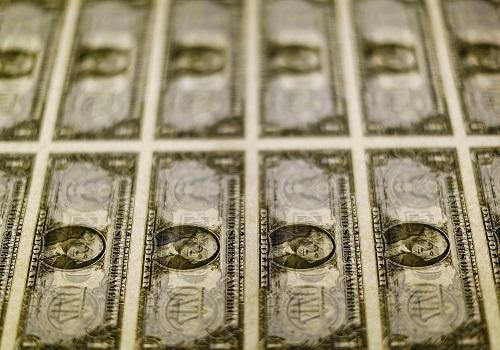
Rupee Hits Fresh Low of 87.50 Against US Dollar
The Indian rupee continued its downward trend on Wednesday, touching a fresh low of 87.50 against the US dollar during the afternoon trade. This marks a significant decline in the value of the rupee, which has been facing pressure due to a range of factors including a widening current account deficit, high crude oil prices, and a strong dollar.
The rupee’s decline is also reflected in the country’s stock market, with the benchmark indices Sensex and Nifty ending the day 0.4% and 0.1% lower, respectively. This decline comes after the indices hit one-month highs a day earlier, indicating a reversal in investor sentiment.
The rupee’s weakness can be attributed to a number of factors. One of the primary reasons is the widening current account deficit, which has been a concern for the Indian economy. The current account deficit is the difference between the value of a country’s imports and its exports, and a widening deficit can lead to a decline in the value of the rupee.
Another factor contributing to the rupee’s decline is the high crude oil prices. India is one of the world’s largest importers of crude oil, and high prices can lead to a significant increase in the country’s oil import bill. This can put pressure on the rupee, as the country may need to print more money to finance its oil imports, leading to inflation and a decline in the value of the currency.
The strong dollar is also having an impact on the rupee. The US dollar is considered a safe-haven currency, and its value tends to increase during times of economic uncertainty. With the US economy performing well and interest rates rising, the dollar has become a more attractive option for investors, leading to a decline in the value of the rupee.
The rupee’s decline is also having an impact on other currencies in the region. The Japanese yen, for example, has weakened against the US dollar, and the Chinese yuan has also declined. This is having a ripple effect on the global economy, with many countries experiencing a decline in their currency values.
The rupee’s decline is also having an impact on the Indian economy. A decline in the value of the rupee can lead to inflation, as imported goods become more expensive. This can have a negative impact on the country’s economy, as high inflation can lead to a decline in consumer spending and investment.
The government and the Reserve Bank of India (RBI) have been taking steps to address the rupee’s decline. The RBI has been selling dollars to stabilize the currency, and the government has been implementing policies to reduce the current account deficit. However, more needs to be done to address the root causes of the rupee’s decline.
In conclusion, the rupee’s decline to a fresh low of 87.50 against the US dollar is a cause for concern. The government and the RBI need to take decisive action to address the root causes of the rupee’s decline, including the widening current account deficit and high crude oil prices. Only then can the rupee stabilize and the Indian economy grow.






